South Africa travel tips
South Africa travel tips: Diverse nation with stunning landscapes, vibrant cultures, rich history, and iconic wildlife, including the majestic African savannah.
Provinces 🌎
South Africa travel tips. Here is a list of all the provinces of the South Africa.

Eastern Cape
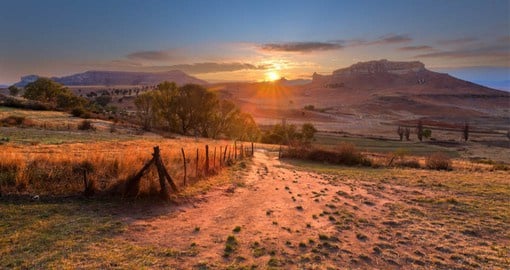
Free State
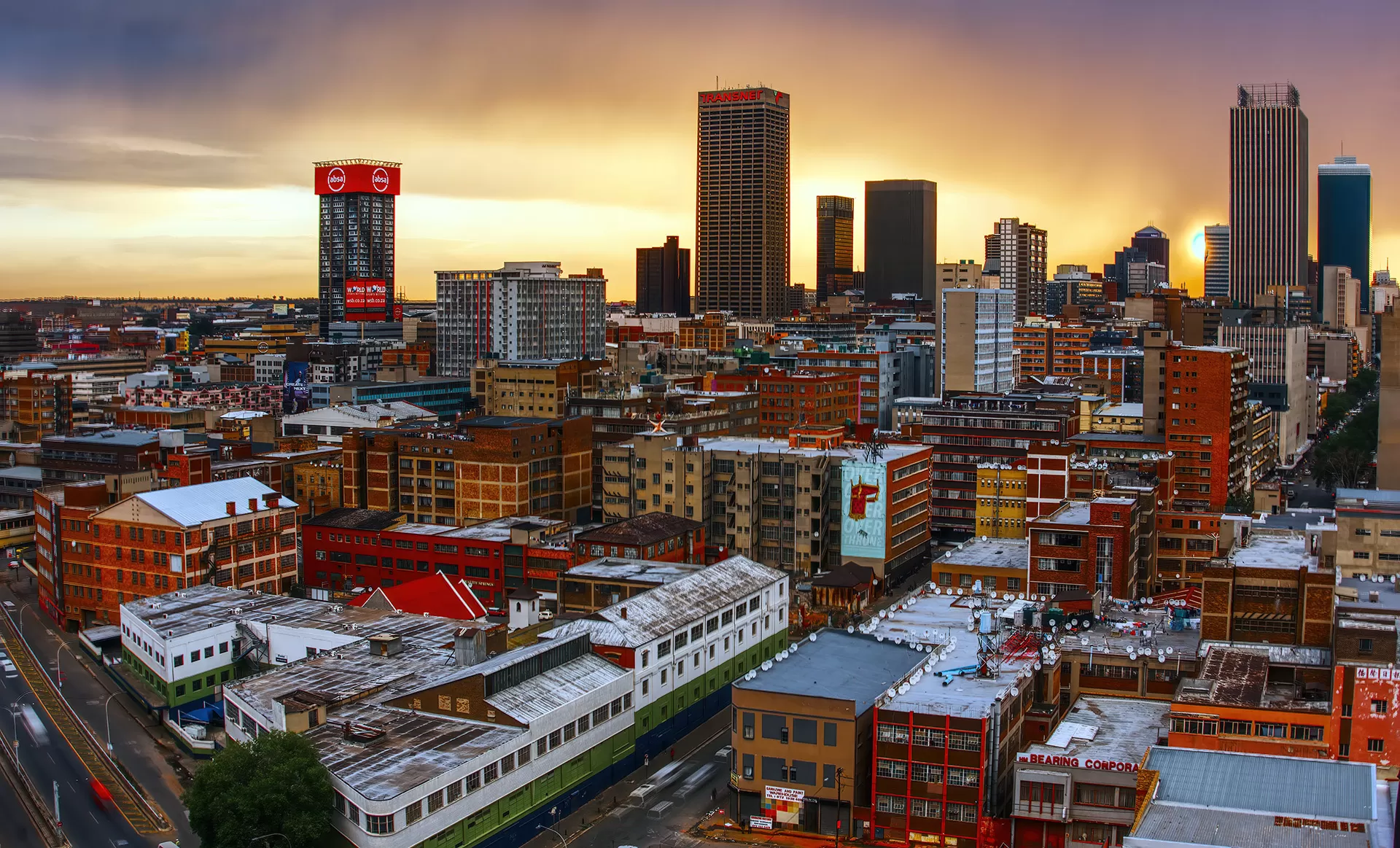
Gauteng
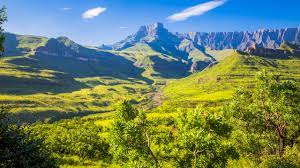
KwaZulu-Natal

Limpopo
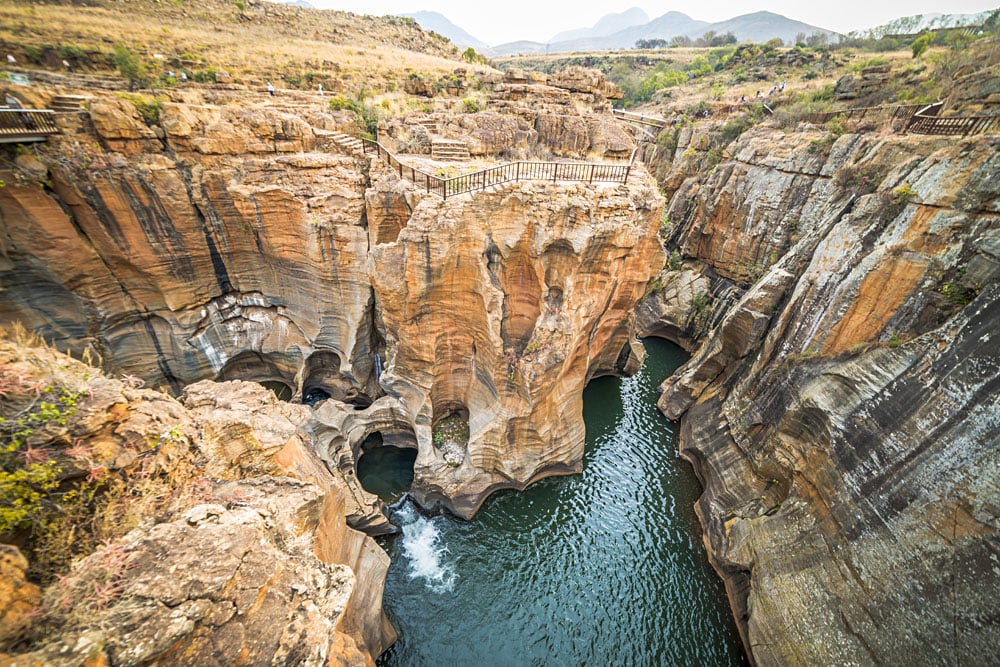
Mpumalanga

North West

Northern Cape
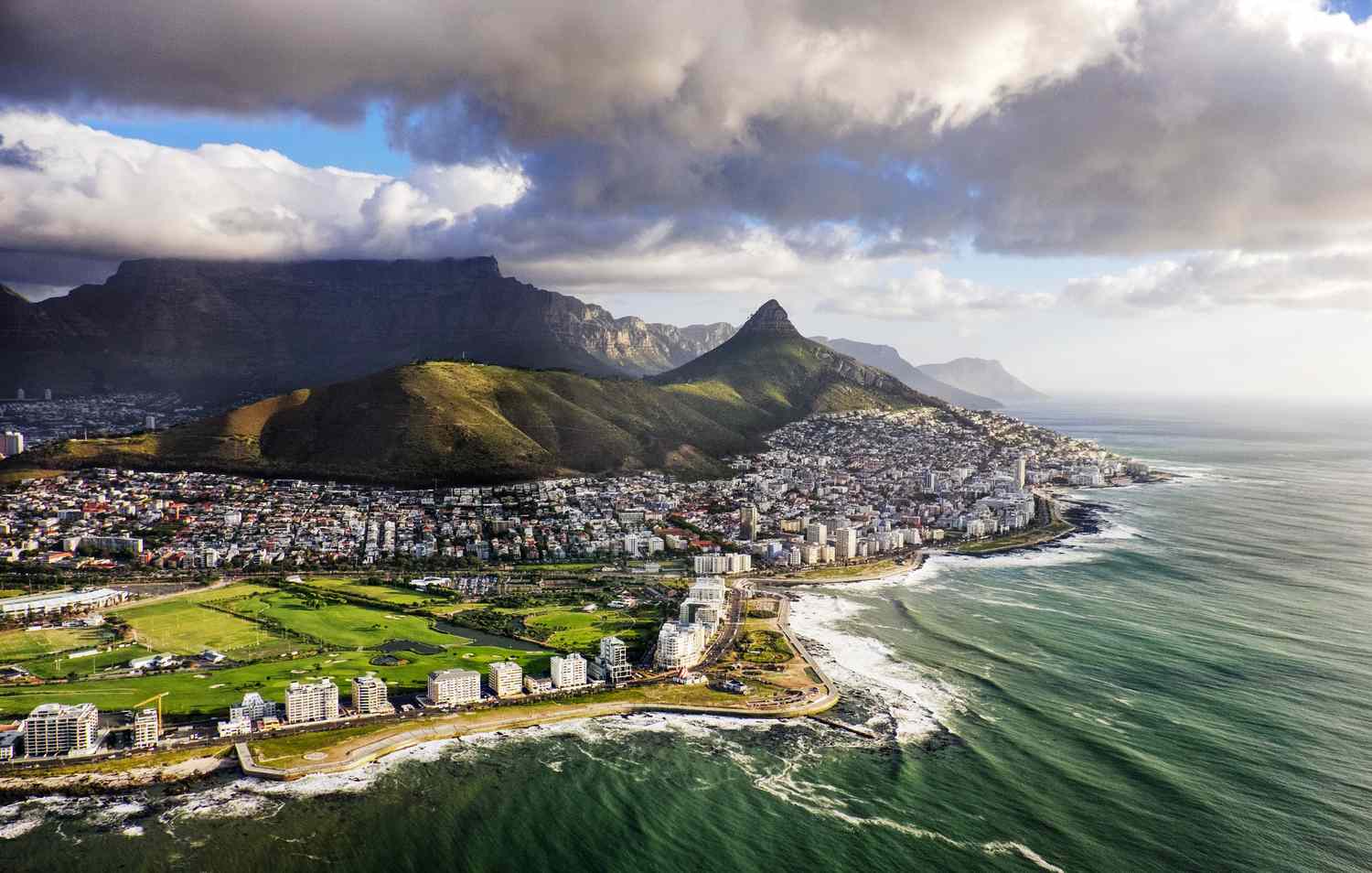
Western Cape
Before you go 🛩
Important information you should know before your trip
Info

Capital | Pretoria
Flag Codes:
ISO alpha-2 ZA,
ISO alpha-3 ZAF
Currency
Badge | Rand
CODE | ZAR
NUMBER | 710
SYMBOL | R
FRACTION | penny
Mobile Coverage
Dialing Code | +27
SIM Card
Coverage | 3G / 4G / 5G |
Mobile Networks | Cell C | MTN | Rain | Telkom | Vodacom |
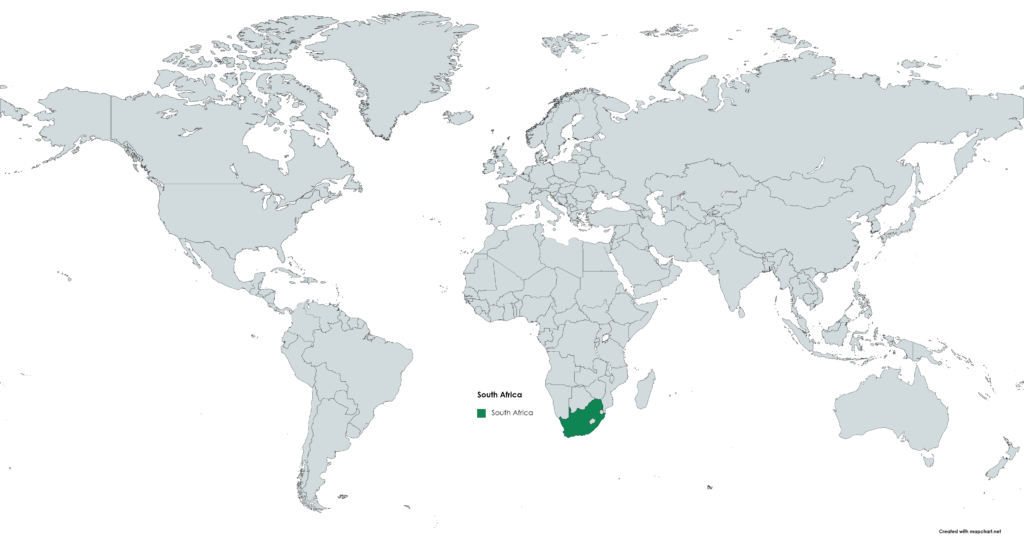
Location
South Africa is located at the southernmost tip of the African continent. It is a country that occupies the southern part of the African continent and is known for its diverse landscapes, cultures, and geography. Here are the geographic coordinates and neighboring countries of South Africa: Latitude: South Africa is situated between approximately 22 degrees and 35 degrees south latitude. Longitude: The country spans roughly 17 degrees to 33 degrees east longitude.
South Africa is known for its diverse landscapes, which include mountains, savannahs, plateaus, deserts, and a long coastline along both the Atlantic Ocean (to the west) and the Indian Ocean (to the east). The country’s capital is Pretoria, while Cape Town and Bloemfontein serve as the legislative and judicial capitals, respectively. Johannesburg is the largest city and the economic hub of South Africa.
Currency
The currency of South Africa is the South African Rand, abbreviated as ZAR.
The symbol for the South African Rand is “R,” and it is further subdivided into 100 cents.
The South African Reserve Bank is responsible for issuing and regulating the currency.
The Rand is widely used for transactions throughout South Africa and is also accepted in the neighboring countries of Lesotho, Eswatini (formerly Swaziland), and Namibia.
Banknotes and coins of various denominations are in circulation, with each denomination featuring distinct designs and notable figures from South African history.
Languages
South Africa is a linguistically diverse country with 11 official languages, reflecting its multicultural and multilingual society. These official languages are recognized and protected by the South African government. The 11 official languages of South Africa are:
Zulu (isiZulu): Zulu is one of the most widely spoken languages in South Africa, primarily in the KwaZulu-Natal province.
Xhosa (isiXhosa): Xhosa is spoken by the Xhosa people and is prevalent in the Eastern Cape province.
Afrikaans: Afrikaans is a Germanic language with Dutch roots and is spoken by Afrikaners, especially in the Western Cape, Northern Cape, and parts of the Free State and Gauteng.
English: English is widely spoken and serves as the language of business, government, and education. It is understood and used as a second language by many South Africans.
Northern Sotho (Sesotho sa Leboa): Northern Sotho is spoken primarily in the Limpopo province and parts of Gauteng.
Tswana (Setswana): Tswana is spoken by the Tswana people and is common in the North West province.
Sotho (Sesotho): Sotho is primarily spoken in the Free State province.
Swazi (siSwati): Swazi is spoken by the Swazi people and is prevalent in Eswatini (formerly Swaziland) and some parts of South Africa.
Tsonga (Xitsonga): Tsonga is spoken in Limpopo and parts of Mpumalanga.
Venda (Tshivenda): Venda is primarily spoken in the northern regions of Limpopo.
Southern Ndebele (isiNdebele): Southern Ndebele is spoken in Mpumalanga and parts of Gauteng.
Climate 🌡
South Africa has a diverse climate due to its vast size and varying geographical features, including mountains, plateaus, deserts, and coastlines. The country’s climate can be categorized into several distinct regions:
Mediterranean Climate:
The Western Cape, including cities like Cape Town, experiences a Mediterranean climate characterized by mild, wet winters and warm, dry summers. This region is influenced by the Atlantic Ocean, and it receives most of its rainfall during the winter months.
Temperate Climate:
The coastal areas along the eastern and southern coasts, including cities like Durban and Port Elizabeth, have a temperate climate with relatively mild temperatures throughout the year. These areas receive rainfall throughout the year, with peaks during summer.
Savannah Climate:
Large portions of the country, including the Highveld and Lowveld regions, have a savannah climate. Summers are typically hot and wet, with afternoon thunderstorms, while winters are dry and mild. Johannesburg and Pretoria fall within this climatic zone.
Desert Climate:
The western interior of South Africa, including the Kalahari Desert and parts of the Northern Cape, has a desert climate with extremely arid conditions, very hot summers, and cool to cold winters. Rainfall in these areas is scarce.
Semi-Arid Climate:
Parts of the Northern Cape and the Free State have a semi-arid climate with less rainfall than the savannah areas. Summers are hot, while winters can be quite cold.
Subtropical Climate:
The northeastern region of South Africa, including parts of Mpumalanga and Limpopo provinces, experiences a subtropical climate. Summers are hot and humid, with frequent afternoon thunderstorms, while winters are mild.
Mountainous Climate:
The Drakensberg Mountains in the eastern part of the country have a mountainous climate with colder temperatures, especially at higher altitudes. This area can experience snowfall in winter.
Karoo Climate:
The Great Karoo, a semi-desert region in the central part of the country, has a climate characterized by hot summers and cold winters. Rainfall is limited, and the area is known for its arid landscapes.
South Africa travel tips
If you’re planning a trip to South Africa, here are some travel tips to enhance your experience:
Diverse Landscapes:
Explore South Africa’s varied landscapes, from Kruger National Park to Table Mountain and the Drakensberg Mountains.
Cultural Richness:
Immerse yourself in the vibrant cultures of Zulu, Xhosa, and more. Visit local markets and experience traditional dance.
Historical Sites:
Discover the country’s history at Robben Island, Apartheid Museum, and historic towns like Stellenbosch.
Adventure Activities:
Dive with sharks, hike in Tsitsikamma National Park, or try the world’s highest commercial bridge bungee jump at Bloukrans.
Transportation:
Plan your transportation in advance. Renting a car offers flexibility, but there are also reliable buses and domestic flights. View Guide.
Cultural Etiquette:
Respect local customs and traditions. Greetings are important, and a handshake is common in most situations.
Conservation Awareness:
Support responsible tourism and wildlife conservation efforts. Observe animals responsibly and respect the environment.
Enjoy your time in South Africa!

The best of the best
South African cuisine is a flavorful reflection of the country’s diverse cultural influences and rich culinary heritage. It’s known for its hearty and delicious dishes that often incorporate a mix of indigenous ingredients and cooking techniques from various cultural groups.

Braai
A South African barbecue or grill, where meats such as boerewors (sausage), steak, chicken, and lamb are seasoned and cooked over an open flame.

Bobotie
A spiced, baked minced meat dish with a topping of beaten egg, milk, and spices. It’s often served with yellow rice and chutney.

Potjiekos
A slow-cooked stew made in a cast-iron potjie (pot) over an open flame. It typically contains meat, vegetables, and a variety of spices.
Here are some typical foods and dishes of South Africa:
Boerewors: A flavorful, coiled sausage made from a mixture of beef, pork, and spices. It’s a staple at braais and often enjoyed with bread rolls or as a side dish.
Bunny Chow: A uniquely South African dish originating from Durban. It consists of a hollowed-out loaf of bread filled with curry, often chicken or mutton. It’s a popular street food.
Sosaties: Skewered and marinated meat, usually lamb or chicken, with a sweet and spicy curry sauce. It’s a traditional South African dish, especially popular in Cape Malay cuisine.
Bobotie: A spiced, baked minced meat dish with a topping of beaten egg, milk, and spices. It’s often served with yellow rice and chutney.
Pap: A staple food made from maize meal and water, similar to porridge. It can be served as a stiff, crumbly side dish or as a smoother porridge.
Melktert: A traditional South African milk tart with a sweet pastry crust and a creamy filling made from milk, sugar, and eggs. It’s often sprinkled with cinnamon.
Koeksisters: Sweet, deep-fried pastries that are twisted or braided and then soaked in syrup. They are sticky and sweet, resembling a twisted doughnut.
Biltong: Dried and cured strips of meat, often beef or game meat, seasoned with a mixture of spices. It’s a popular snack, similar to jerky.
South African cuisine celebrates the country’s diverse heritage, including influences from indigenous African, Dutch, Malay, Indian, and other culinary traditions. The combination of flavors and ingredients makes South African food a unique and delicious experience for both locals and visitors.
Transportation 🚥
More information about this country
Choose your destination 📍🗺
Useful Links ✅



